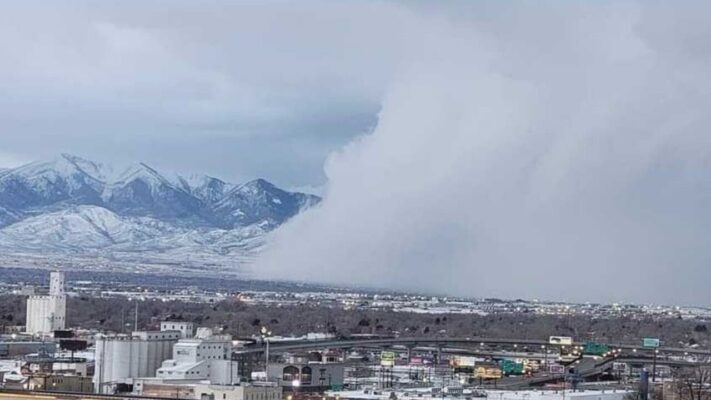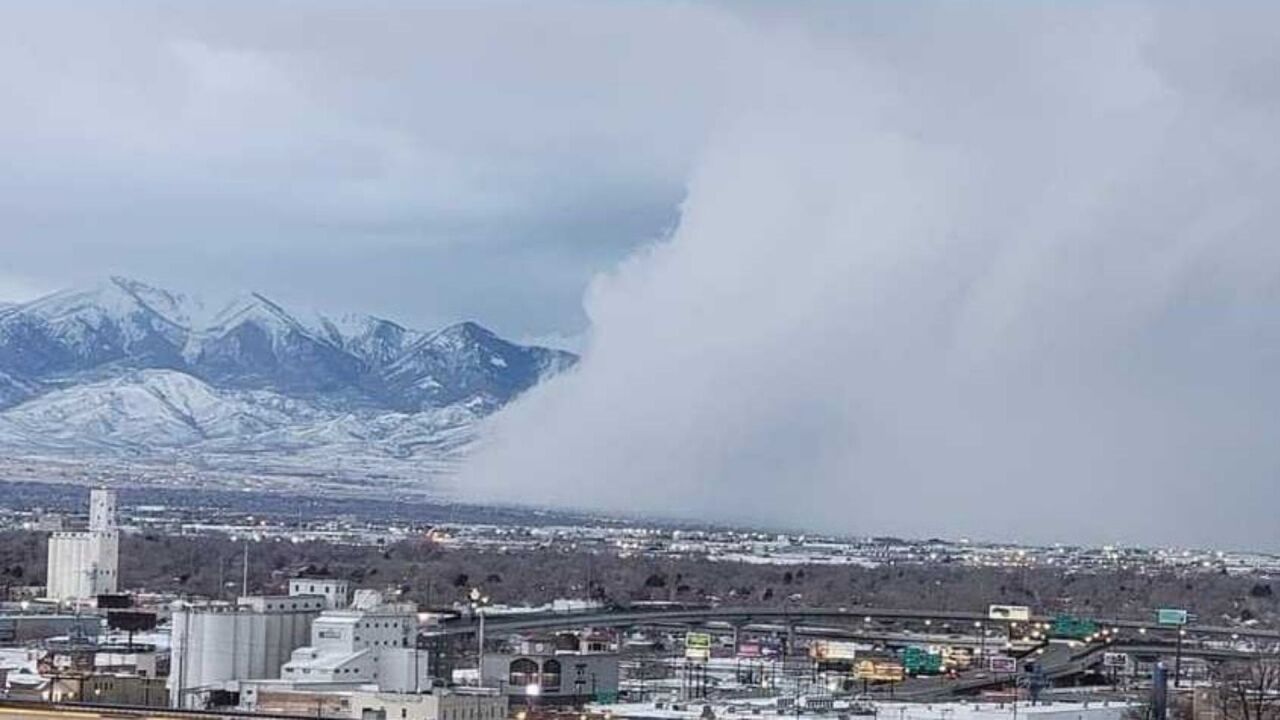A snow squall warning is a serious weather alert issued by the National Weather Service (NWS) in the United States and Environment Canada in Canada. It warns of sudden, intense bursts of snowfall that can create whiteout conditions and dangerous driving hazards.
Here’s a breakdown of the key points about snow squall warnings:
What is a snow squall?
- A short-lived (less than 60 minutes) burst of heavy snowfall with rapidly decreasing visibility (often to less than a quarter mile).
- Often accompanied by strong winds (gusts up to 50 mph or more) and blowing snow.
- Can occur with both lake-effect snow (caused by cold air picking up moisture over warm water) and frontal snowstorms.
Why are snow squall warnings important?
- Snow squalls can create treacherous driving conditions due to sudden whiteouts and slick roads.
- They can lead to high-speed accidents and pileups.
- The warnings are issued to help people stay safe by avoiding travel or taking precautions if they must drive.

What to do if you are in a snow squall warning area:
- Avoid travel if possible. This is the safest option.
- If you must drive, reduce your speed significantly and use extreme caution.
- Turn on your headlights and hazard lights.
- Increase your following distance from the car in front of you.
- Do not use cruise control.
- Be prepared to pull over if visibility becomes too low.
Additional information:
- Snow squall warnings are typically issued 30-60 minutes before the squall is expected to hit.
- They are usually issued for specific areas, similar to tornado or severe thunderstorm warnings.
- You can get snow squall warnings by checking the NWS website or app, listening to the radio, or signing up for alerts.
Here are some resources for more information:
- National Weather Service: https://www.weather.gov/safety/winter-snow-squall
- Environment Canada: https://www.barrietoday.com/local-news/snow-squall-warning-in-effect-environment-canada-7885907
I hope this information helps you stay safe during snow squall season!

